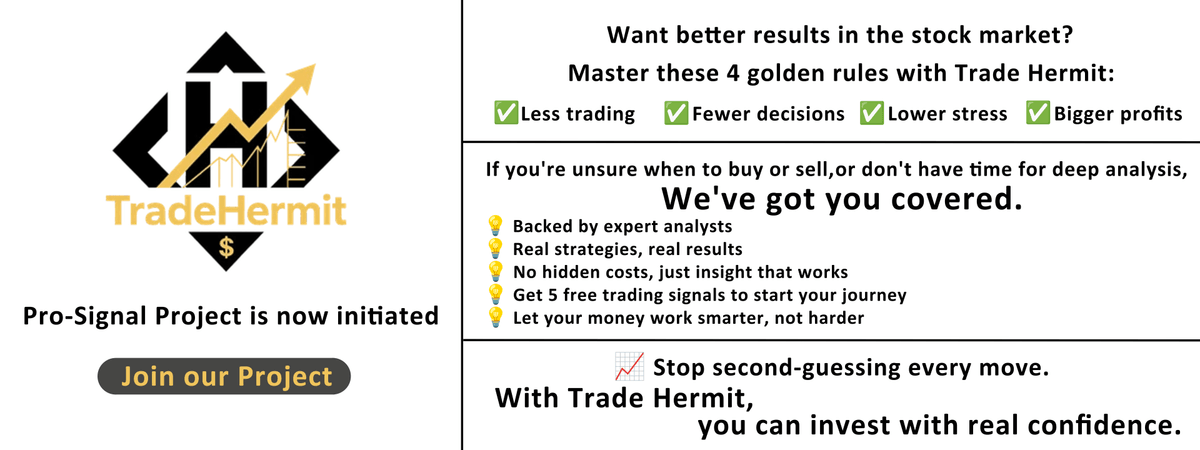I. Market Overview: Indices Edge Lower as CPI Becomes the Focus
On Monday, August 11, U.S. equities closed modestly lower, with all three major indices ending in negative territory. Sentiment was weighed by multiple factors: uncertainty over Russia–Ukraine ceasefire talks (Trump called his meeting with Putin “exploratory,” while Zelensky rejected any territorial concessions), coupled with caution ahead of Tuesday’s CPI release.
The market’s current tension lies between liquidity expectations and earnings validation at elevated valuations. While the Nasdaq 100’s forward P/E has eased from 38x at the start of the year to 33x on improved earnings growth, 91% of fund managers now view U.S. equities as overvalued—the highest reading since 2001—underscoring bubble risk awareness. A CPI print decisively below expectations could boost risk appetite; a hot reading may trigger rotation out of high-valuation segments (AI, crypto) into defensive sectors (telecom, healthcare, utilities).
II. Macro & Positioning Signals
Valuation & Sentiment: Nasdaq 100 trades at 33x forward earnings—still elevated. The S&P 500 gave back late-session gains as traders positioned cautiously ahead of CPI.
Consensus Positioning: According to BofA’s survey, 91% of fund managers believe U.S. equities are overvalued (a 24-year high). Upside is seen as limited in the near term; however, with Nvidia’s earnings at month-end, downside may also be constrained. Market likely to enter a consolidation-and-digestion phase.
III. Sector & Stock Highlights
1. Tech & AI: Divergence Between Hype and Delivery
Oklo (OKLO): Q2 net loss of $24.69M ($-0.18/share) vs. $-0.27 last year, but missing estimates ($-0.12). The company remains pre-revenue, reliant on multiple signed government contracts, backed by $683M in cash from recent fundraising. Still in a “slide-deck phase” with no operational revenue; the stock saw no material after-hours reaction.
Tactical view: Trade around 5-/10-day MAs; exit on a monthly close below the 20-day. Avoid heavy weighting—reserve for fundamentally strong AI energy leaders (e.g., VST, CEG).
Micron Technology (MU): Raised Q4 guidance well above expectations—revenue $11.1–11.3B, GM 44–45%, adj. EPS $2.78–$2.92—driven by improving DRAM pricing. Analysts reiterated “Buy,” but shares rose just ~4% as much of the good news was priced in.
Applied Digital (APLD), Nabis Holdings (NBIS): Benefiting from spillover demand in Nvidia’s AI ecosystem. Caution on lock-up risk—consider scaling out after post-earnings spikes.
2. Financials & Housing: Rate-Cut Plays with Event Risk
Upstart (UPST): Fell sharply on plans to issue $500M in 2032 convertible notes (plus $75M in additional allotment) and continued use of on-balance-sheet lending. Seen as dilutive and risk-raising; however, potential September rate cuts may offer buy-on-dip opportunities if CPI reinforces easing expectations.
Fannie Mae (FNMA), Freddie Mac (FMCC): OTC shares extended gains on reports the Trump administration may push for their re-IPO (valuation >$500B). Bill Ackman proposed merging the two to cut costs and improve efficiency. If CPI supports rate-cut bets, upside could continue; otherwise, any pullback may be an entry in the broader easing cycle.
3. Consumer & Cyclicals: Weak Demand Meets Supply Shocks
Restaurants (e.g., CMG): Consumers shifting toward at-home meals amid economic uncertainty; dining-out frequency dropped by 1B visits in Q1, with low-income groups most affected. Promotional pricing from chains like McDonald’s has had limited impact. Sector rebound unlikely until holiday season.
Albemarle (ALB): Rose ~7% as China’s CATL paused production at its Yichun lithium mine (~3% of global supply) due to permit expiration. While this supports short-term lithium prices, structural oversupply from weak EV demand may cap long-term gains unless demand recovers.
4. AI Applications & Software: “Results or Rejection”
SoundHound AI (SOUN): Jumped 17.5% post-Q2 beat ($42.7M revenue, +217% YoY), citing an earlier-announced partnership with Acrelec to deploy voice AI in 25,000 restaurants. The delayed rally shows sentiment often outweighs logic—old news can be a catalyst in hot markets.
C3.ai (AI): Q1 revenue $70.2–$70.4M, far below $100M consensus and down YoY; GAAP loss widened to $125M. CEO cited restructuring disruptions and health issues; board is seeking a new CEO. Shares plunged 25.6%.
View: Avoid near-term; high uncertainty on leadership transition and execution.
Monday.com (MNDY): Q2 revenue $299M (+27%), op margin 15%, EPS $1.09 (+16%), Q3 guide $311–$313M (+24–25%). Shares fell ~30% on “conservative” guidance and lack of evidence that AI integration is driving breakout growth. Software now a survival-of-the-fittest market—only real AI monetizers will be rewarded.
5. Other Notables: Nvidia & Housing GSEs
Nvidia (NVDA): Market cap $4.5T (8% of S&P 500 weight). Ahead of Aug 27 earnings, Wall Street targets have been raised to $200–$220. Watch for reports that Nvidia/AMD may agree to remit 15% of China chip sales revenue to the U.S. government in exchange for export licenses—potentially accelerating a “quasi-nationalization” trend.
Lululemon (LULU): Continues to drift lower under tariff headwinds on Vietnam-sourced products and Canadian HQ exposure. No near-term catalysts barring an unlikely viral marketing moment.
IV. Strategy & Outlook: Focus on AI with Earnings Delivery
Core Market Traits:
AI remains the central theme, but leadership is narrowing—only names with tangible earnings beats are attracting flows.
Defensive sectors may see rotation if CPI runs hot; a benign print could fuel a relief rally in high-valuation AI plays.
- Positioning Guidance:
Trade tactically; avoid heavy concentration in “concept-only” AI stories like OKLO.
- Favor fundamentally backed leaders (VST, CEG).
- Watch for Nvidia and other megacap tech earnings in late Aug–early Sep as critical validation points.
- Tomorrow’s CPI is pivotal—hot data could prompt a pullback; in-line or cooler readings present rebound opportunities.
- Disclaimer: This commentary reflects personal market observations and does not constitute investment advice. Markets involve risk—conduct independent due diligence.

